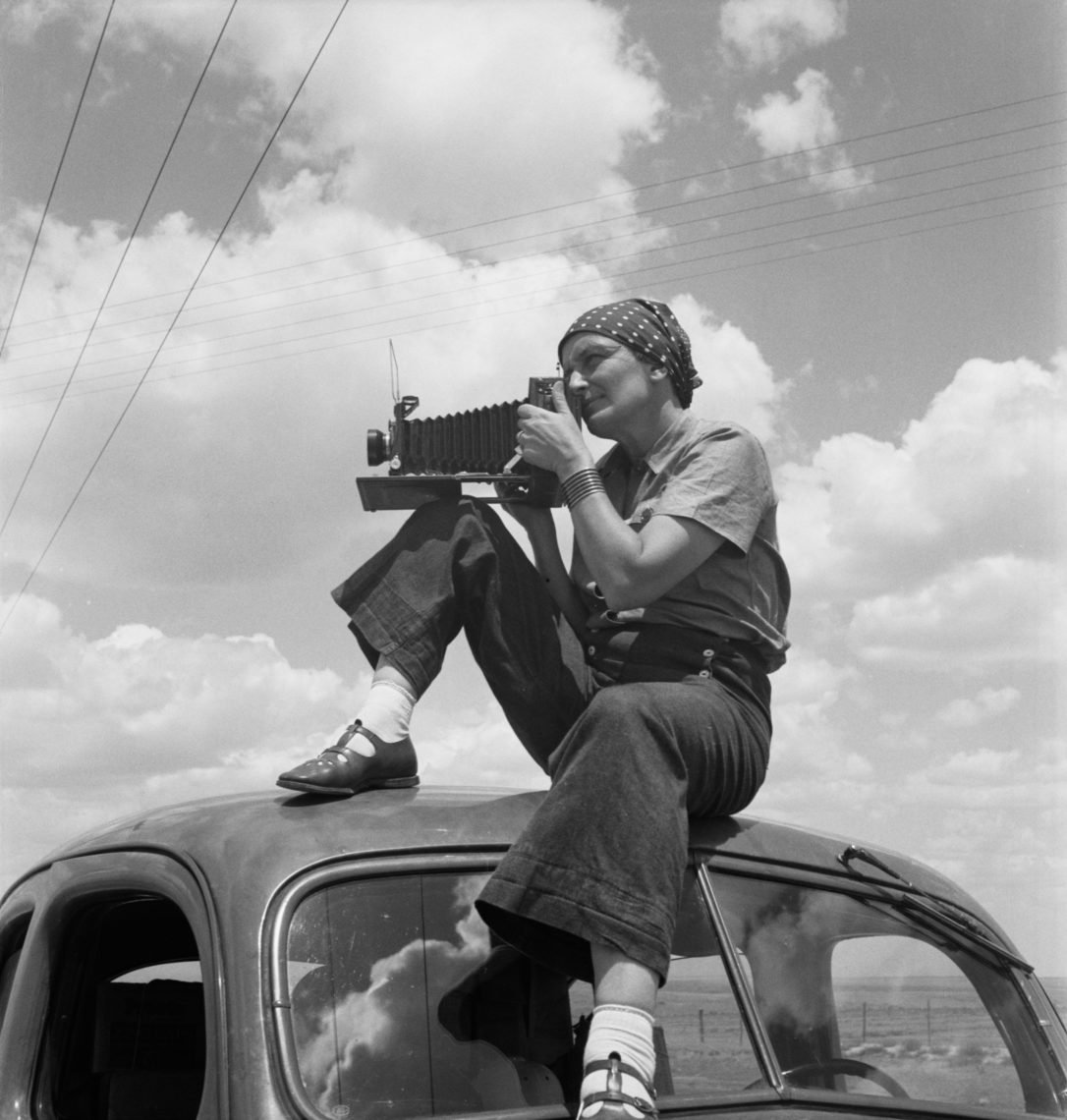
Photographer Dorothea Lange pictured in Texas, circa 1934. Paul S. Taylor.
First-year UC Berkeley Journalism graduate student Erin Sheridan (’26) has been named this year’s Dorothea Lange Fellow by a multidisciplinary panel of judges. The judges, who are photographers, curators and academics, also awarded Fikremariam Gedefaw, a Ph.D. student in political economics at Haas School of Business, an Honorable Mention.
The $4,000 fellowship, established in the late 1980s at UC Berkeley in memory of one of the 20th century’s most gifted documentary photographers, celebrates the use of photography by students or faculty members in scholarly work of any discipline.

Erin Sheridan
Sheridan plans to use the fellowship funds to complete a documentary photography project on life after Johnson v. Grants Pass, a case that overturned Martin v. Boise and re-legalized the imposition of criminal penalties against residents who violate cities’ anti-camping ordinances. She will focus on unhoused people in the Bay Area’s Alameda County.
“I’ve been reporting in displaced communities for years now and one of the most integral things I’ve learned is that people in these situations are highly aware of how society chooses to perceive them,” Sheridan said. “Living outside forces people into a state of hypervisibility, but the emotional reality is often the inverse – to be rendered completely invisible by the community at large.”
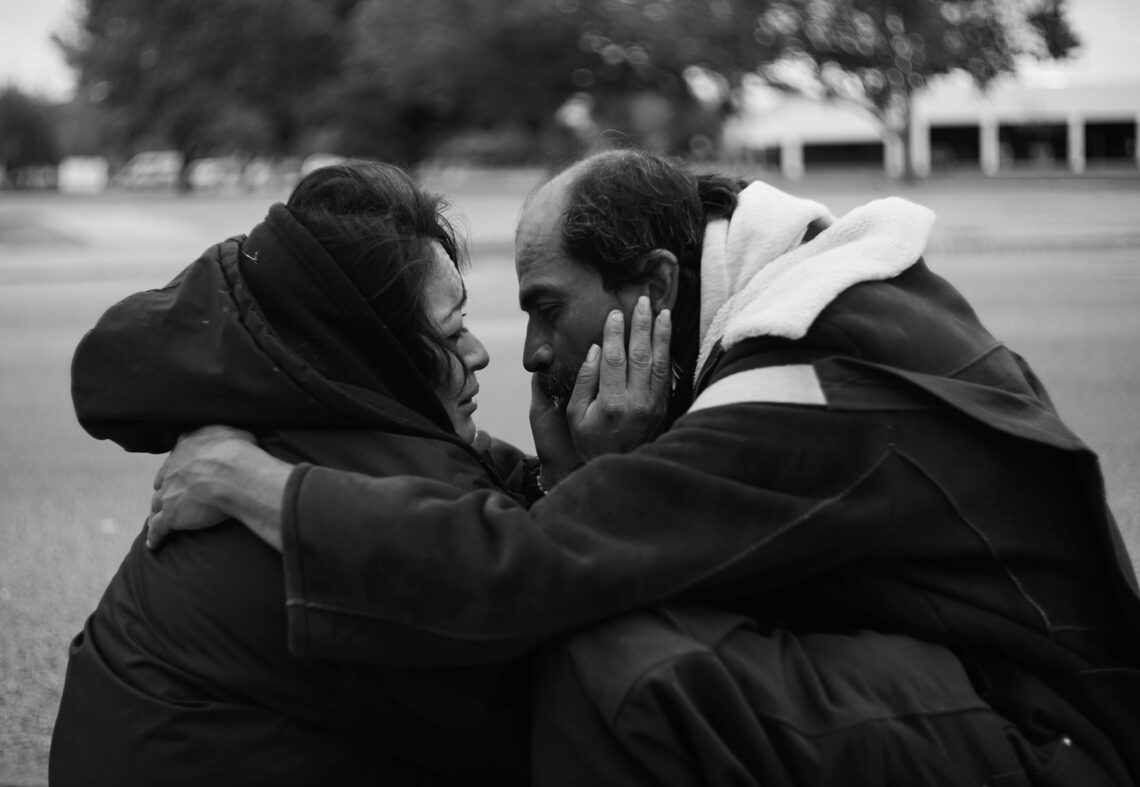
One of Sheridan’s images submitted for the competition: Santos, a man living in a tent in Boise, Idaho, finds a friend on the street who has broken her ankle and is afraid to go to the hospital. 2022. The judges were unanimous in their praise for this powerful image.
“Erin’s commitment to photographing homeless encampments in the Bay Area is infused with her commitment and her visual humanism,” Reva and David Logan Professor of Photojournalism Ken Light said. “She clearly works to establish a strong relationship with the people she photographs, picturing their daily lives and ingenuity, and as she describes, their resistance.”
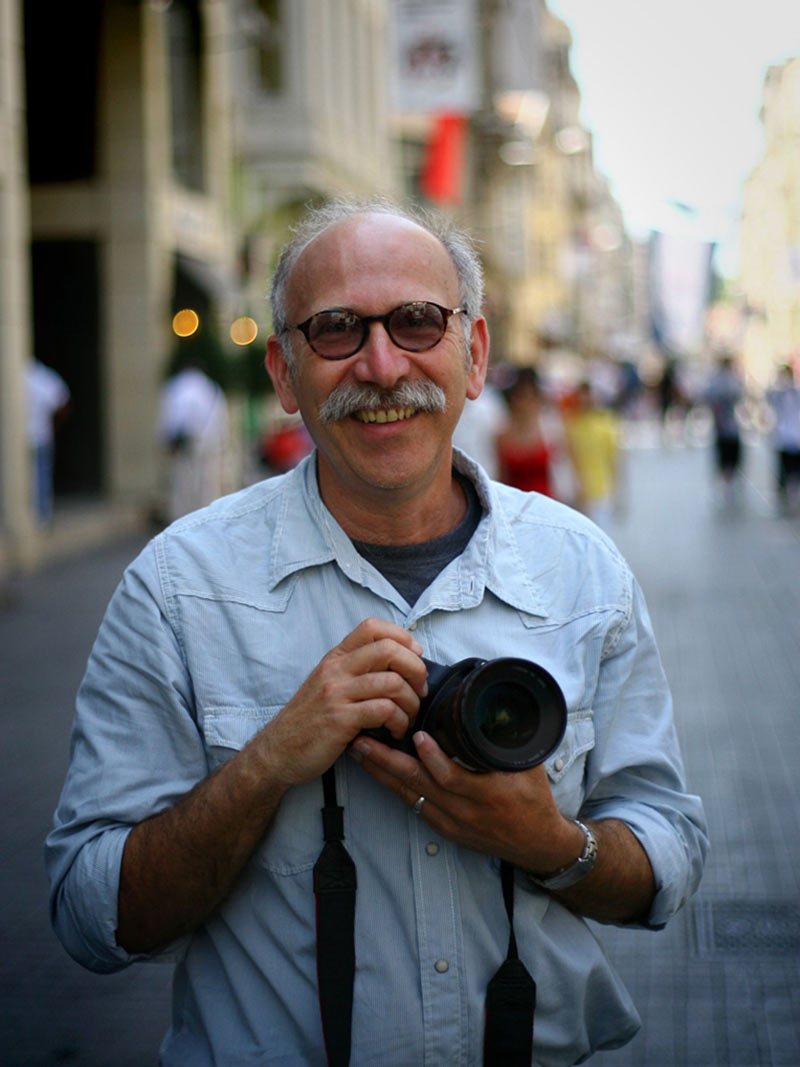
Professor Ken Light
Light says the committee found a parallel to the work that Lange did during the depression when she photographed with a deep sense of conviction the stories of those often overlooked by society. “Erin passionately follows in her footsteps.”
“Photography is how I exist in the world and connect with people,” Sheridan said. “And that’s how I relate to Dorothea Lange – she interacted with her subjects, conversed with them as she photographed, and developed relationships as she went.”
Sheridan notes that Lange wasn’t in it to just document history. “She lived that history. She felt compelled to go into those communities. Her photographs are a testament to her desire to know and understand directly. We experience those moments as she did because her camera isn’t separate from who she is. The photographs feel alive because she was alive in those moments. That’s empathy in practice.”
About Erin Sheridan
Sheridan is a journalist, photographer, and filmmaker who has covered housing displacement and social movements across the United States. Her work has taken her through communities in New York, Puerto Rico, Texas, and Idaho, where her photography centered on people fighting to take back land, building squatter communities, seeking asylum in the United States, and experiencing homelessness on the streets of American cities.
Sheridan started her career as a staff reporter at The Indypendent in New York City and reported on staff for The Brownsville Herald and the Idaho Press. Her work has been published by outlets across the Associated Press network, as well as in The Guardian, Truthout, The Daily Beast, The Progressive, Texas Public Radio, City Limits, and more. In 2019, she founded People Live Here, a photojournalism and reporting project highlighting underreported stories in Puerto Rico and South Texas. She also edited a street newspaper written by people experiencing homelessness in Boise, Idaho, until returning to the Bay Area in 2024 to enter the documentary program at the School.
Honorable mention winner Fikremariam Gedefaw
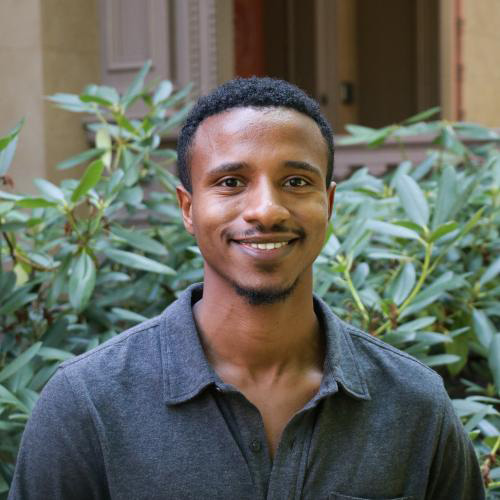
Fikremariam Gedefaw
Fikremariam Gedefaw, who will receive a $1,000 award, said he will use the funds to travel to his home country of Ethiopia, which for the past four years has been ravaged by a devastating civil conflict that has claimed hundreds of thousands of lives and displaced countless others. He aims to document the profound human toll this war has imposed on individuals, families and communities via a series of on-the-ground portraits and landscapes, bringing their stories to light in a medium that complements his academic pursuits at Haas.
“My research interest in political economics revolves around understanding why some societies succeed in establishing a monopoly on violence, maintain order, and provide public goods, while others struggle,” Gedefaw said. “While social science offers frameworks to explore these questions, I believe photography and art have an equally vital role. Dorothea Lange used the artform to illuminate the important social forces of the 20th century. I aspire to follow in that tradition and am honored to receive this recognition.”
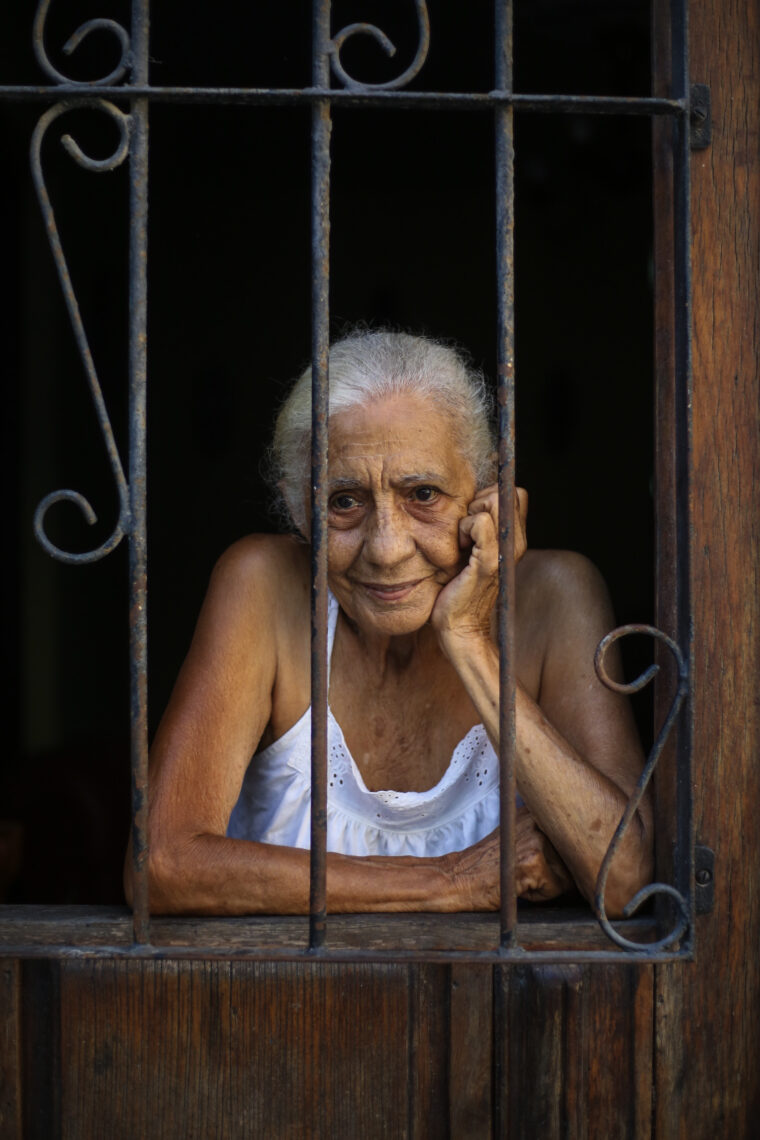
The portfolio submitted by Gedefaw included a series taken in La Havana, Cuba in the summer of 2024.
This year’s fellows were judged by Drew Johnson, Curator of Photography and Visual Culture at the Oakland Museum of California; Professor Karen Nakamura, a cultural and visual anthropologist at the University of California Berkeley; photographer and UC Berkeley Professor of Society and Environment Nancy Lee Peluso, Professor Ken Light and David Maisel, a San Francisco-based artist whose work spans photography, painting and video work represented in more than fifty public collections internationally and has been the subject of seven monographs.
Over the last forty years, 31 journalism students have been named Lange Fellows in UC Berkeley’s most prestigious photojournalism competition. Our instructors have also been honored. In 1987, Professor Ken Light was the first person associated with the J-School to receive the award. Former photography lecturer Mimi Chakarova won the fellowship in 2003 and former Professor Richard Koci Hernandez received the award in 2016.
Upon completion of their project, each winning Lange Fellow submits two prints which become part of the permanent collection of the Bancroft Library at UC Berkeley.
